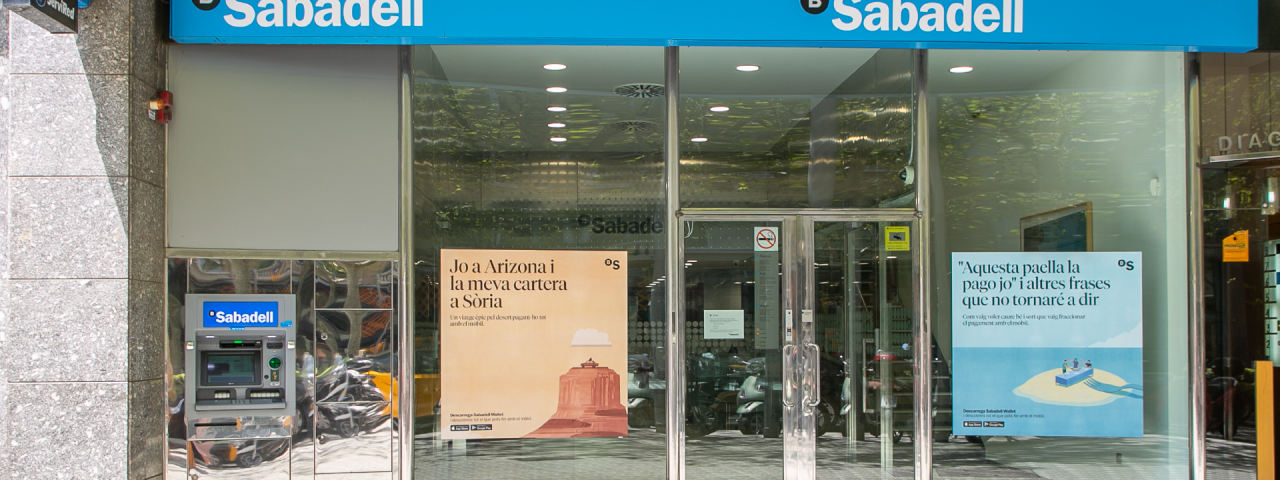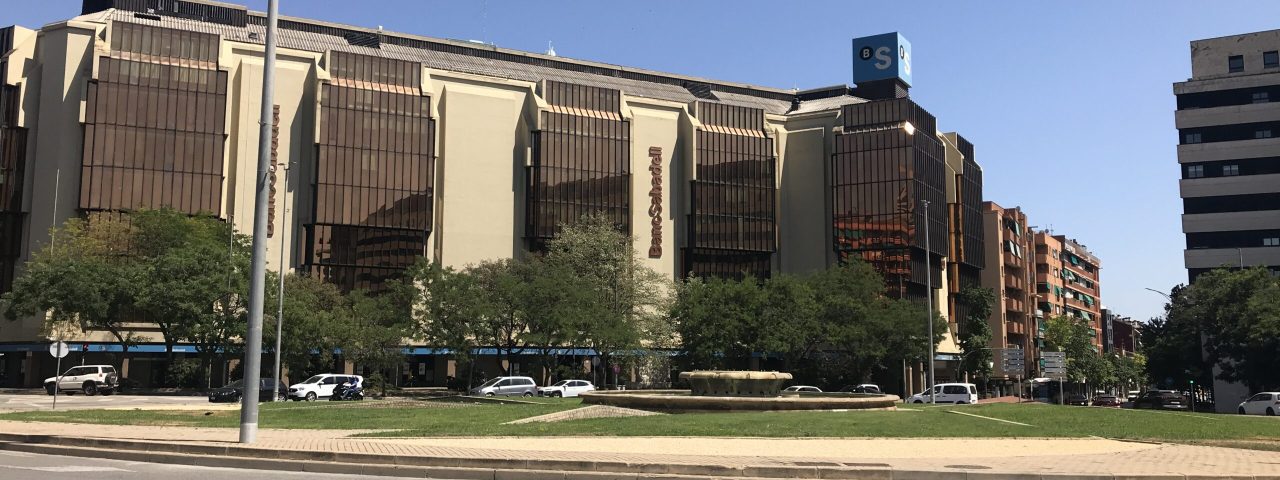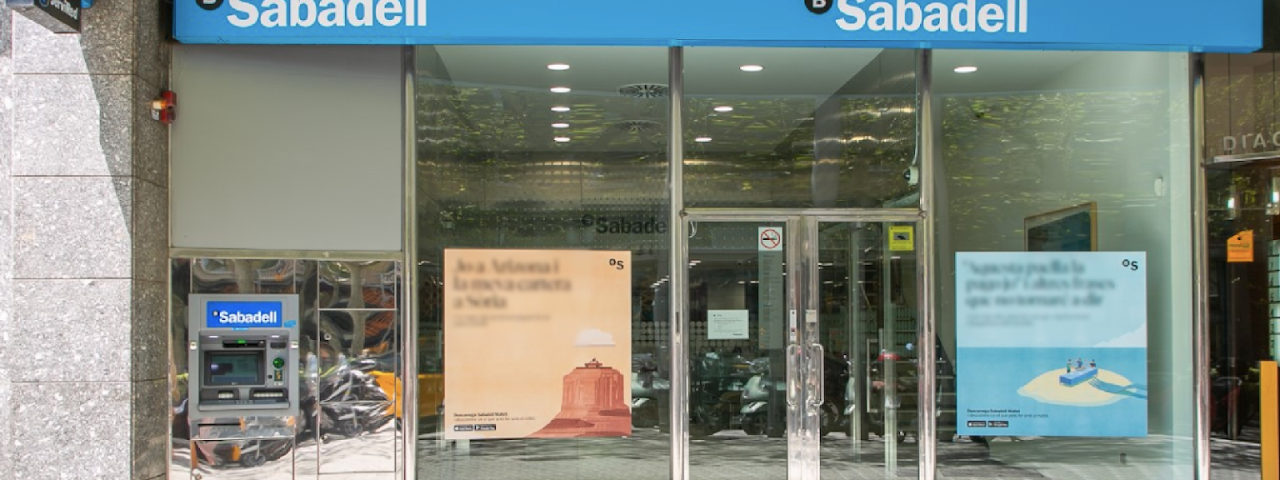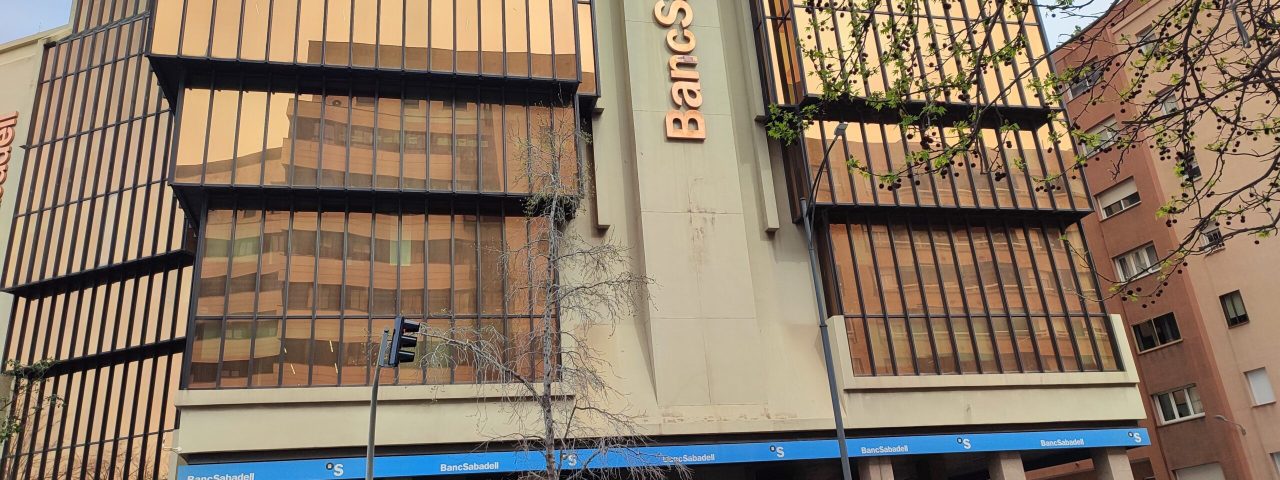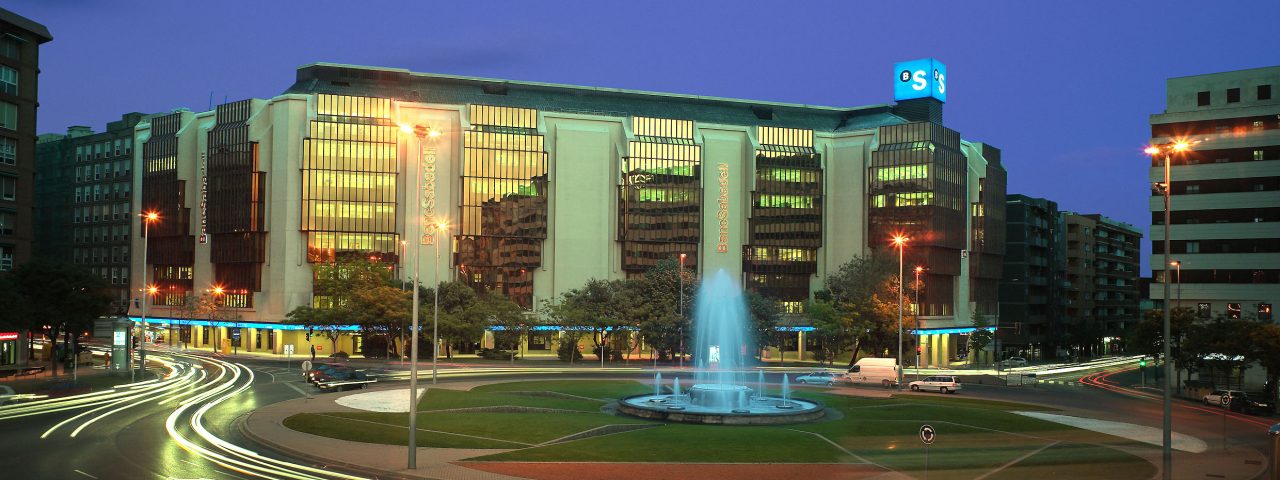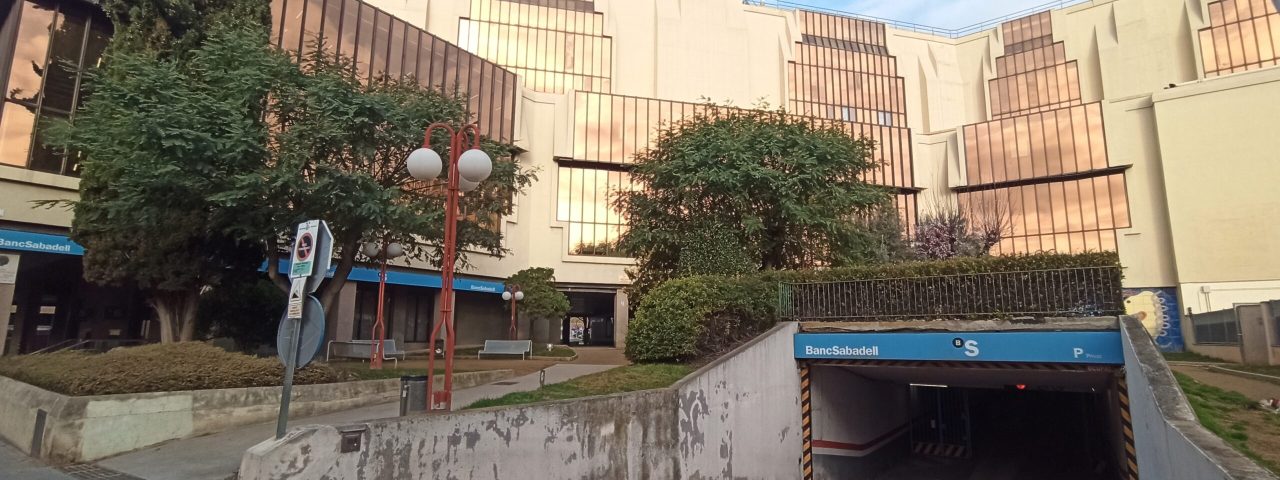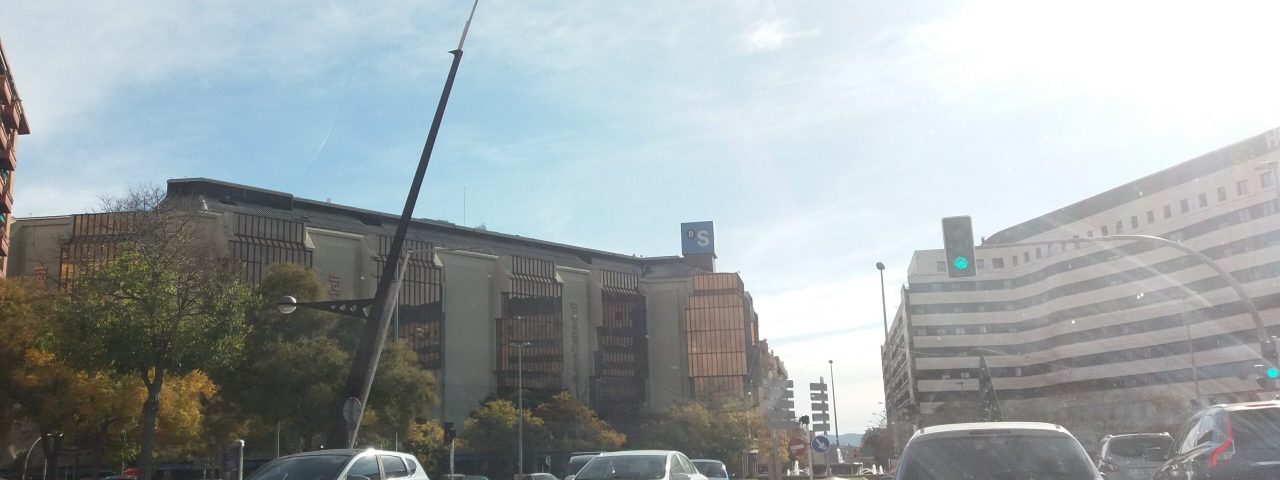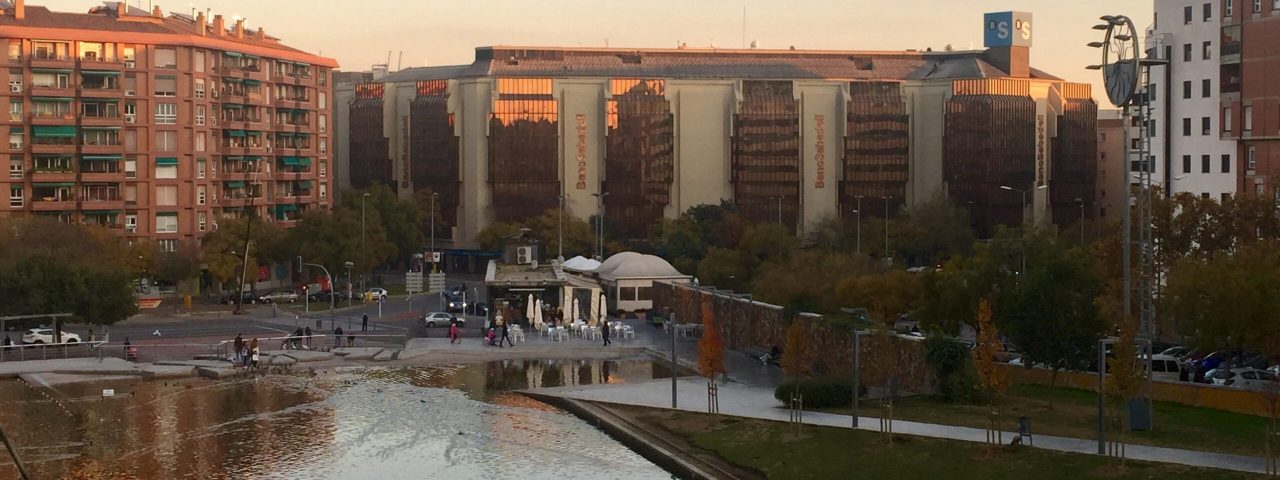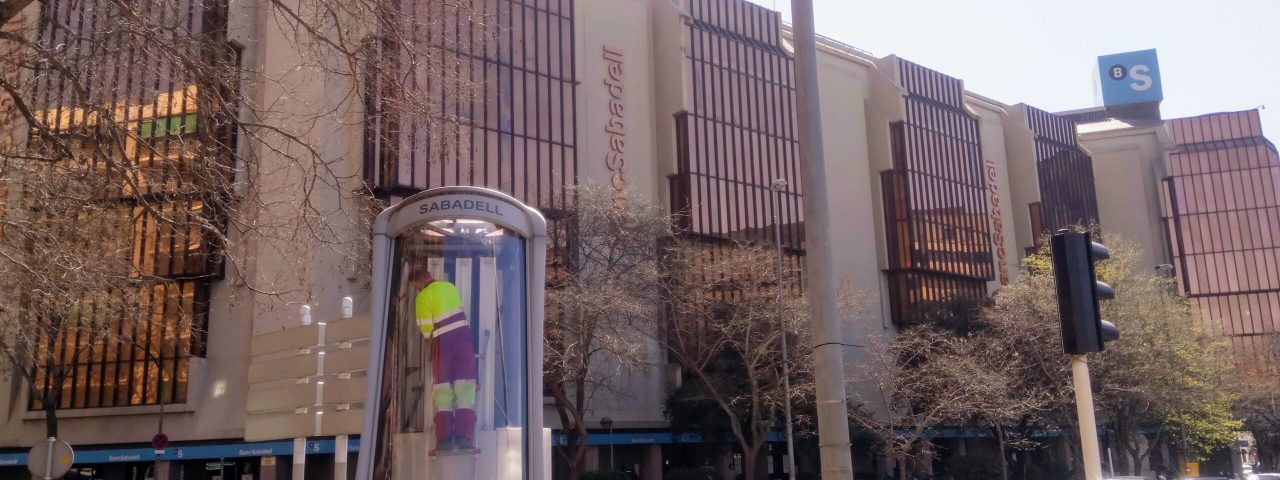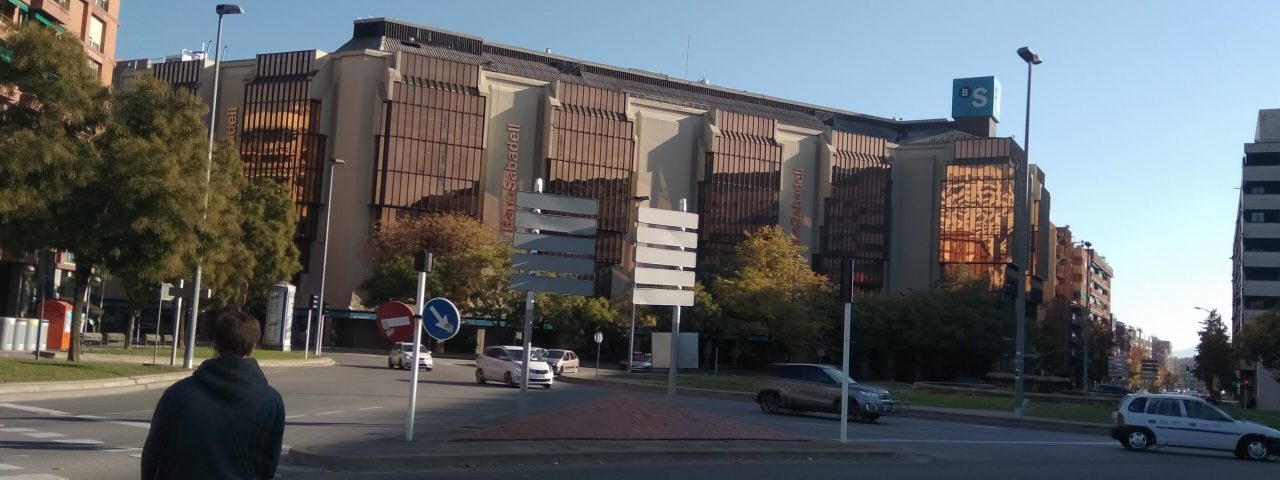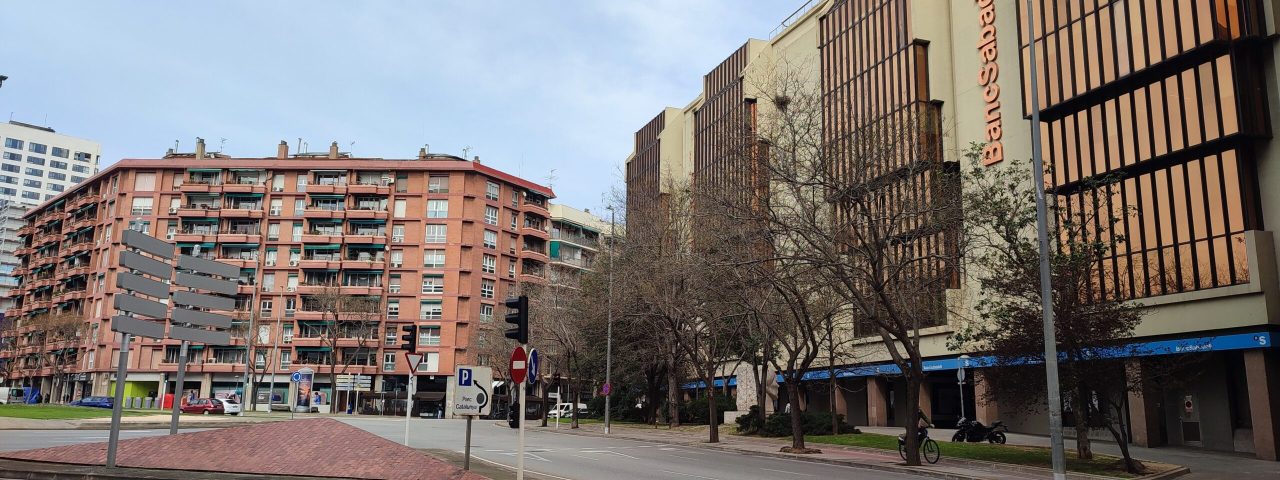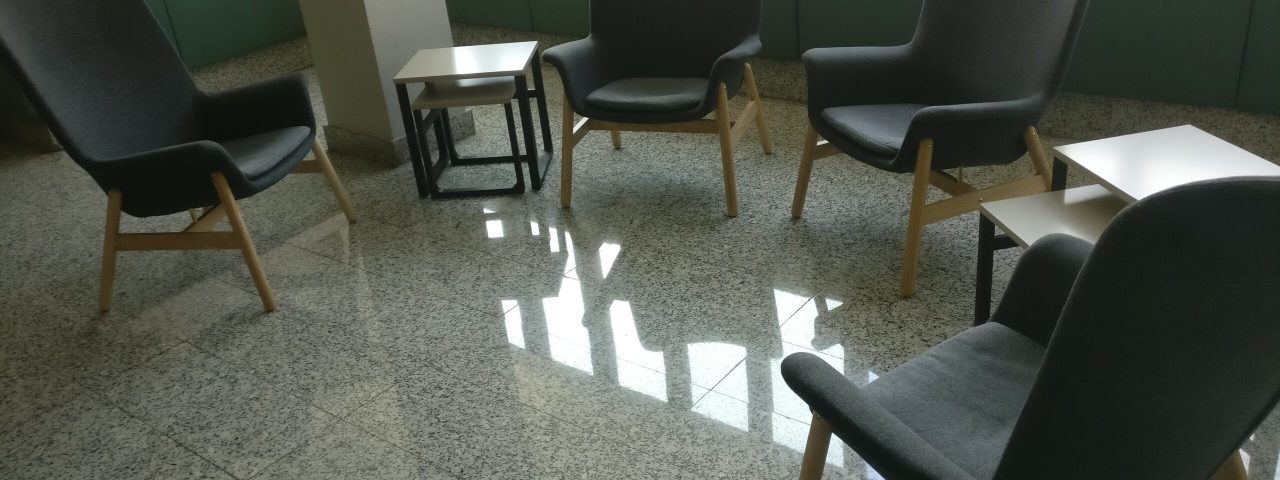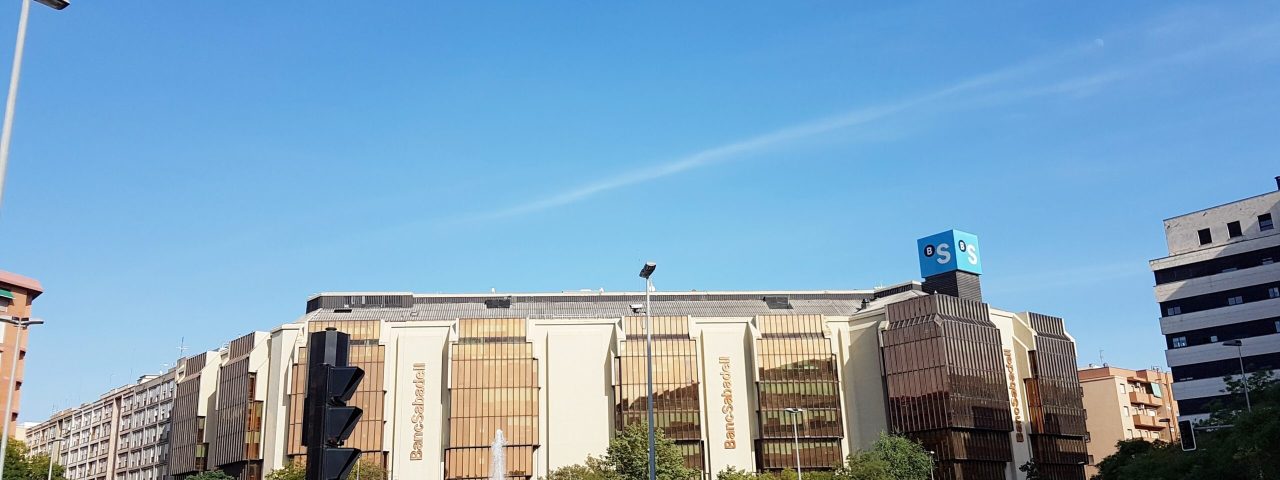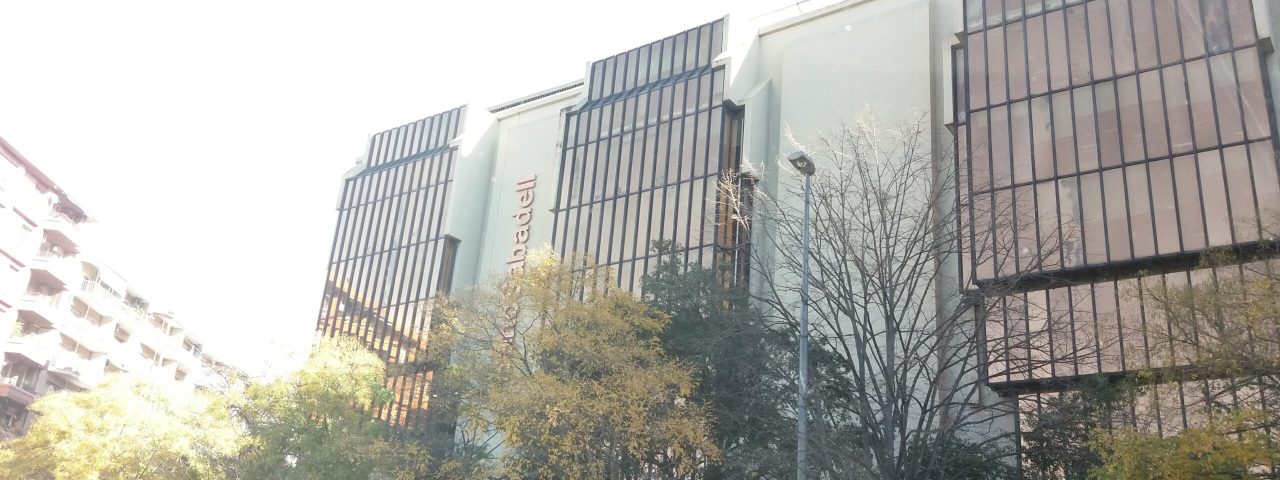Sabadell’s history dates back to Roman times when it was known as Arraona. The city later developed during the medieval period, growing around the wool trade, which became a central part of its economy during the Industrial Revolution. In the 19th century, Sabadell was often referred to as the “Manchester of Catalonia” due to its flourishing textile industry. This industrial legacy has left a significant mark on the city’s culture and architecture, as many of the old factories have been transformed into cultural spaces, museums, and community hubs.
Culturally, Sabadell is deeply rooted in Catalonian traditions, with festivals like the “Festa Major” celebrating local heritage with parades, concerts, and traditional performances. Another key event is the “Aplec de la Salut,” a pilgrimage to the sanctuary of the Mare de Déu de la Salut, an important religious and cultural celebration. Visitors can also experience traditional Catalonian cuisine, music, and dance, which are central to Sabadell’s identity.
The city’s historical landmarks, such as the Sant Fèlix Church and the Romanesque chapel of Sant Nicolau, add to its cultural appeal, providing a window into its rich past. Sabadell’s strong sense of cultural pride and preservation of traditions make it a vibrant and enriching destination for visitors.
